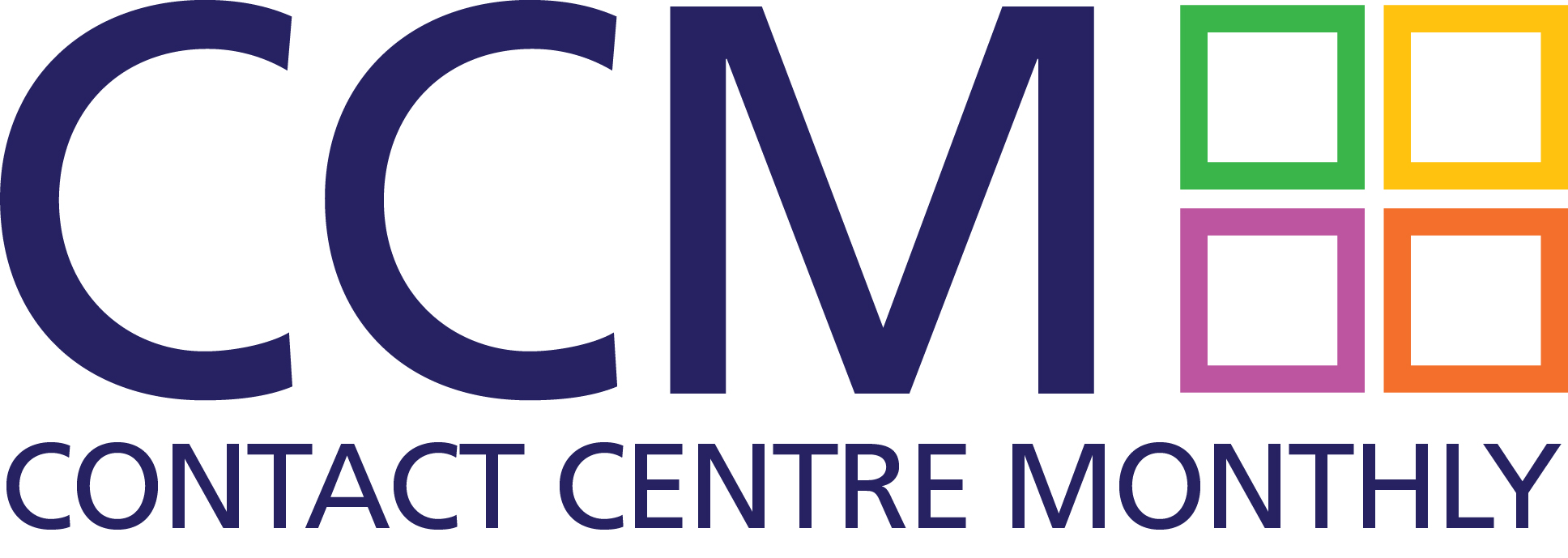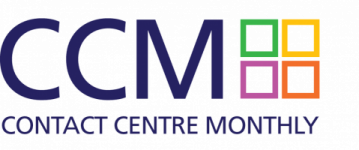There is a good reason why self-service is popular with businesses; this is cost. Live agents are often the most costly ingredient in the contact centre. Any technology which reduces the demand for agents will reduce your overall cost of delivery.
This makes self-service technology an exciting proposition as it provides a better customer experience and reduces your costs!
Not All Self-Service Is Equal
Repetitive, transactional tasks such as paying a bill or submitting a meter reading can easily be handled via self-service. It means fewer inbound calls for agents with the whole process being quicker and easier for your customers. The knock-on effect is it improves customer satisfaction.
Remember though, if self-service is too cumbersome you risk customers not wanting to use it. Customers will end up calling your agents anyway. Only now they are already frustrated with the failed self-service experience!

Customers always expect the safety net of talking to a human agent. Ideally, agents need to be aware of the interaction history with the self-service technology before taking a call. It’s important to ensure that the self-service and agent environments are integrated. This allows appropriate escalation from self-service to an agent.
What Channels Should I Use?
The number of channels that consumers expect to use can somewhat complicate matters. Different channels are often suited to different scenarios. Understanding your customer journey will allow you to pick the perfect channel to deliver self-service for any given process. Channel selection is dependent on:
- your business
- customer profile
- your brand values
- the point that the customer finds the self-service during their journey
In terms of what channels to choose, the website (desktop and mobile), chatbots, SMS and conversational speech assistants are all well worth considering.
Avoidance and Deflection in Contact Centres
Contact centre managers and consultants often tell me about self-service in the context of ‘avoidance’ and ‘deflection’. Call avoidance is achieved by providing a simple, easy-to-use self-service facility. Customers prefer this so they avoid calling your contact centre altogether. Web forms and mobile apps are often good options here.

Call deflection is achieved by offering customers alternative ways (channels) of completing their transaction once they have already called into the contact centre. It’s common to play announcements to callers in a queue, stating that the website has the facility to deal with their needs, rather than wait for an agent but deflecting customers who have already called to another channel (like a web form) is not nearly as effective. It can be frustrating compared to offering self-service on the channel they chose or deflection to a different channel on the same device.
The Importance of Customer Satisfaction
Using the water industry as an example, the introduction of the Service Incentive Mechanism (SIM) by Ofwat has changed how customer service is viewed. SIM is an incentive mechanism designed to encourage water companies in England and Wales to provide better customer service. It measures the following aspects of service delivery:
1. Where customers have made contact when something has gone wrong. For example, phoning about a billing error or writing to complain about a water supply problem.
2. A customer survey that measures how well companies have handled all types of customer contacts, not just when things have gone wrong. It has led to more emphasis on a better customer experience.
The industry average SIM score out of 100 has risen from 82.5 (2015-16) to 83.7 (2016-17).
“Good customer experience isn’t just nice to have, it is central to the success of a business and offers a key competitive advantage.”
Martin Cross, CTO, Connect Managed Services
How to Improve Your Customer Satisfaction
Any inbound enquiry that requires a simple, transactional, repetitive action should be the first to be considered for self-service. Introducing it will reduce your inbound call volume and can help improve your customer satisfaction and NPS. To achieve this usually means a transformation programme is required. Using our water industry as an example, typical transactional repetitive actions would include:
- paying a bill
- submitting a meter reading
- reporting a water leak
Before we talk about what type of technology can help you, let’s address a common misconception; your current technology. You may have a mix of technology with multiple suppliers or old technology that is not fit for purpose.
The misconception is that legacy technology will make new self-service initiatives difficult. It is now easier than ever to overlay and integrate with new self-service technologies.
Which Technology Can Help?
As mentioned earlier, web forms and mobile apps can deliver self-service efficiently and help with call avoidance. Deflecting customers to another channel is not nearly as effective. By offering self-service in the channel they are using provides a much better customer experience and adoption rate. A deflection to a different channel on the same device should be considered.
How Does Call Deflection Work in Practice?
An example of same-device, different-channel deflection could be:

In either scenario (web link or SMS chatbot), the customer completes the transaction without the need to queue or to speak to an agent. This reduces demand for agents and saves your business money! Once a customer has successfullyused this method and enjoyed the experience, it is likely that the next time they will return to it directly. The initial call ‘deflection’ becomes an ongoing call ‘avoidance’.
Another example of same-device, different-channel self-service is using a speech-based, conversational chatbot. Imagine the scenario of a customer calling a contact centre of a Utility company to provide a meter reading.

Of course, if the customer calls in and the system sees that a bill has recently been issued, it will ask them “Are you calling to make payment”.
Each scenario delivers a personalised service each and every time they call in. How better to delight a customer?
Northumbrian Water Transformed Their Customer Experience
Northumbrian Water customers were starting to communicate to them through more channels. While Northumbrian was able to service these channels, they were unable to do so in a holistic way. Different technologies were bolted on, which meant they were effectively working in silos.
Cross-channel communication was also an area for improvement. For example, a customer might start their journey on web chat but the next contact may be via a phone. This cross-channel inconsistency led to frustration. Customers often had to repeat themselves and start again each time.
Northumbrian Water had to change their model and decided a CX Transformation project was needed. The goals were to remove the frustration felt by customers then surprise and delight them at every opportunity.
How Connect Managed Services can help
We deliver CX Transformation projects to clients such as Northumbrian Water, Johnson & Johnson and Diageo. We get a deep understanding of your current environment, enhance your current platform and transform its capabilities so that you can deliver amazing customer experience.
Original source: https://www.connectmanaged.com/blog/customer-satisfaction-self-service
Article used with permission from the author.




